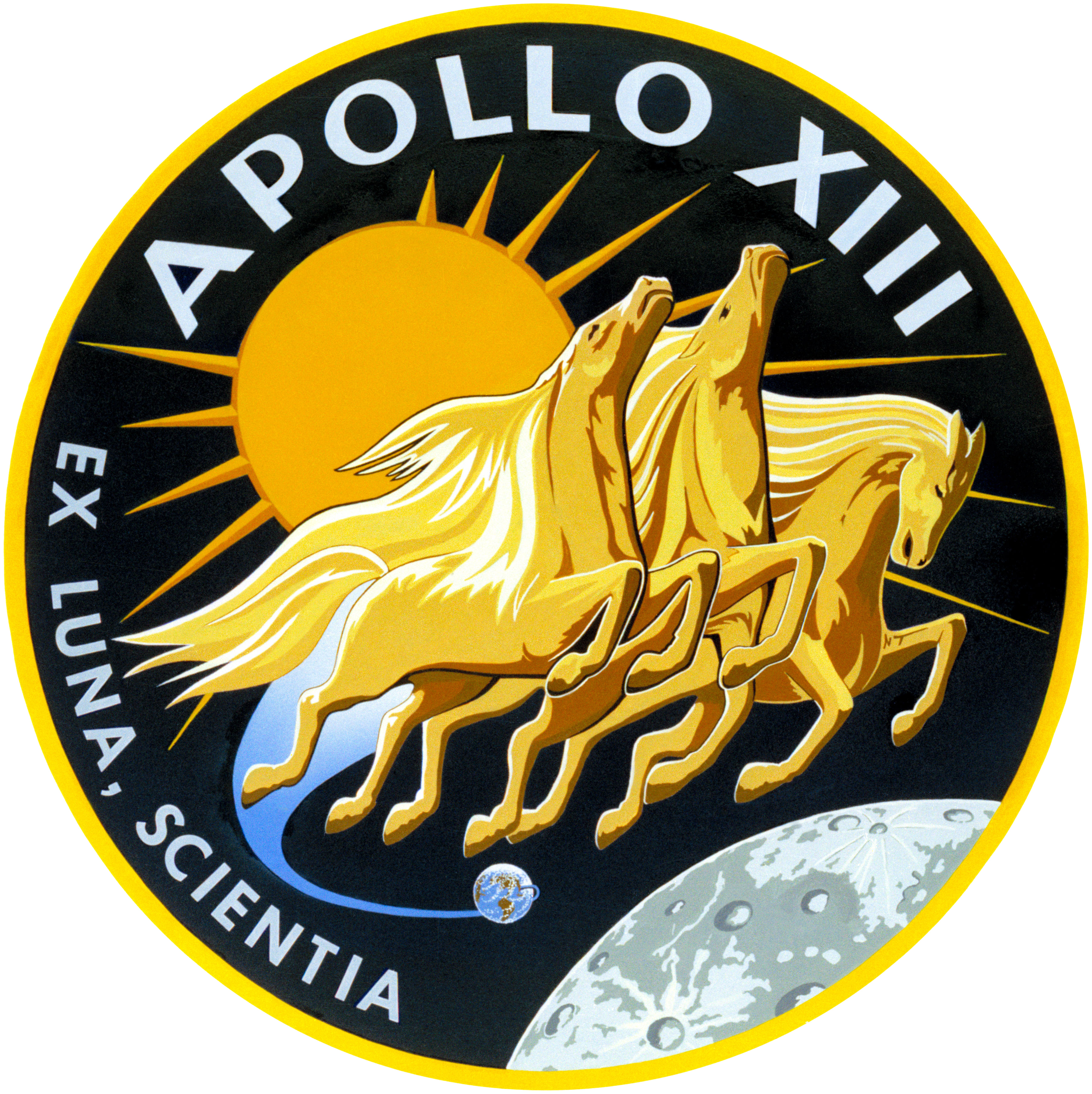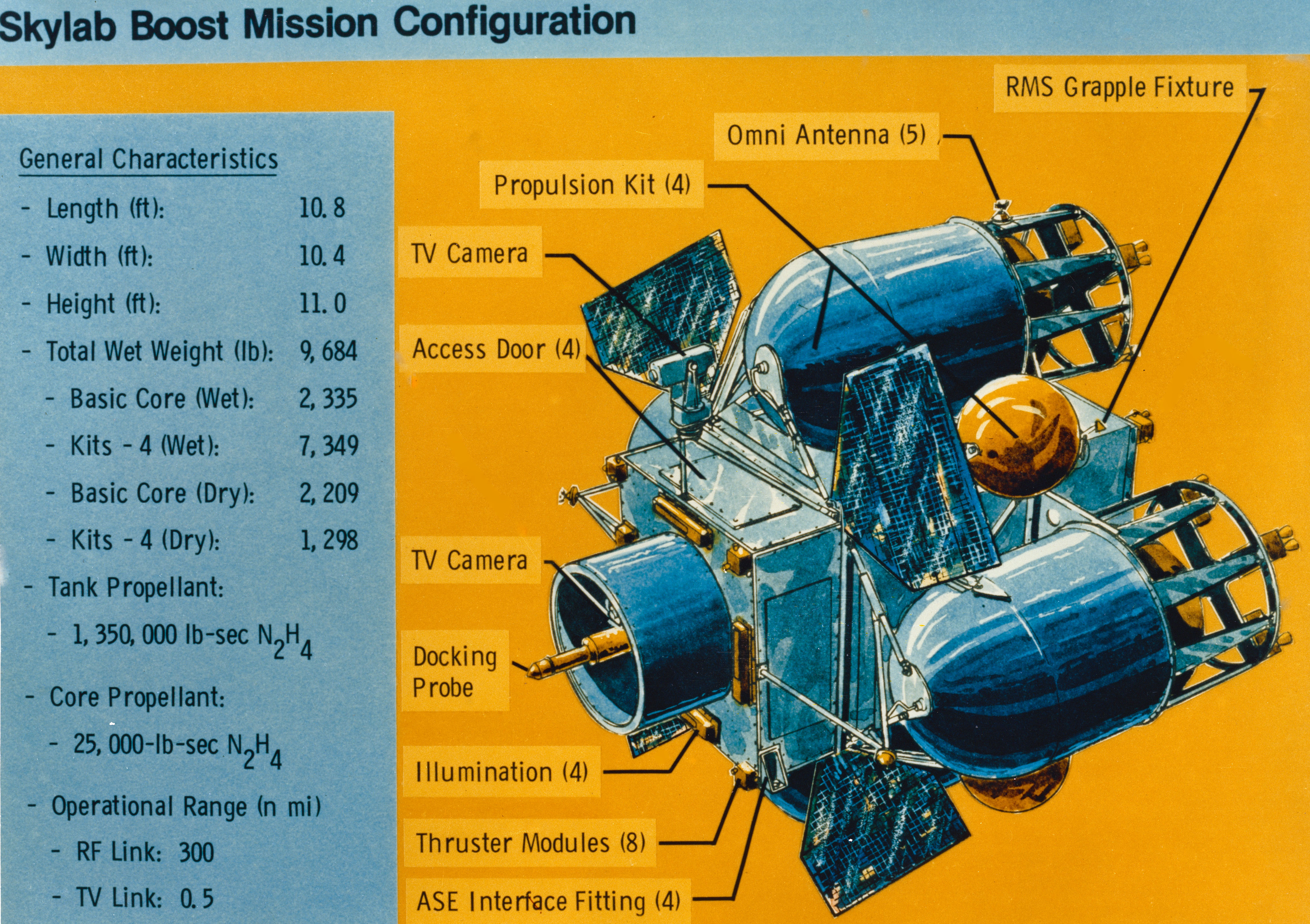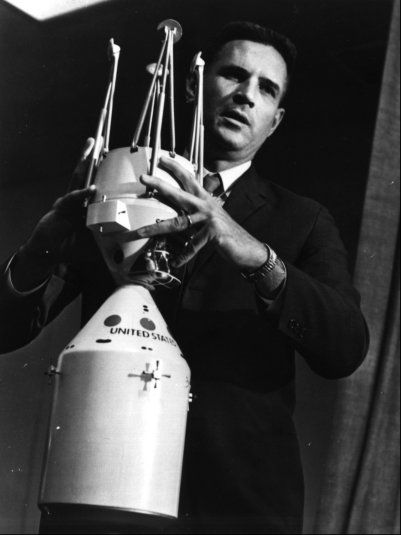|
Approach And Landing Tests
The Approach and Landing Tests were a series of sixteen taxiing, taxi and flight trials of the prototype Space Shuttle Orbiter, Space Shuttle ''Space Shuttle Enterprise, Enterprise'' that took place between February and October 1977 to test the vehicle's flight characteristics. Of the sixteen taxi-tests and flights, eleven saw ''Enterprise'' remain mated to the Shuttle Carrier Aircraft (SCA), while the final five had the shuttle jettisoned from the SCA, with the on-board crew flying and landing the spacecraft. Background The Space Shuttle program originated in the late 1960s as an attempt to reduce the cost of spaceflight by introducing a reusable spacecraft. The final agreed design would feature a reusable spaceplane, a disposable Space Shuttle external tank, external tank and reusable solid rocket booster, solid-fuel rocket boosters. The contract to build the spaceplane, which eventually came to be known as the "orbiter", was awarded to North American Rockwell (later Rockwel ... [...More Info...] [...Related Items...] OR: [Wikipedia] [Google] [Baidu] |
Fred Haise
Fred Wallace Haise Jr. ( ; born November 14, 1933) is an American former NASA astronaut, engineer, fighter pilot with the United States Marine Corps Aviation, U.S. Marine Corps and United States Air Force, U.S. Air Force, and a test pilot. He is one of List of Apollo astronauts#Apollo astronauts who flew to the Moon without landing, 24 people to have flown to the Moon, having flown as Apollo Lunar Module, Lunar Module pilot on Apollo 13. He was slated to become the 6th person to walk on the Moon, but the Apollo 13 landing mission was aborted en route. Haise went on to fly five Space Shuttle Approach and Landing Tests in 1977, before retiring from NASA in 1979. Early life Fred Wallace Haise, Jr. was born on November 14, 1933, and raised in Biloxi, Mississippi, to Fred Wallace Haise (1903–1960) and Lucille ( Blacksher) Haise (1913–2005). He has a younger sister who was born in 1941. After the attack on Pearl Harbor on December 7, 1941, his father enlisted in the United S ... [...More Info...] [...Related Items...] OR: [Wikipedia] [Google] [Baidu] |
Gerald Ford
Gerald Rudolph Ford Jr. (born Leslie Lynch King Jr.; July 14, 1913December 26, 2006) was the 38th president of the United States, serving from 1974 to 1977. A member of the Republican Party (United States), Republican Party, Ford assumed the presidency after the resignation of President Richard Nixon, under whom he had served as the 40th vice president of the United States, vice president from 1973 to 1974 following Spiro Agnew's resignation. Prior to that, he served as a member of the U.S. House of Representatives from 1949 to 1973. Ford was born in Omaha, Nebraska, and raised in Grand Rapids, Michigan. He attended the University of Michigan, where he played for Michigan Wolverines football, the university football team, before eventually attending Yale Law School. Afterward, he served in the U.S. Naval Reserve from 1942 to 1946. Ford began his political career in 1949 as the U.S. representative from Michigan's 5th congressional district, serving in this capacity for nearly 25 ... [...More Info...] [...Related Items...] OR: [Wikipedia] [Google] [Baidu] |
STS-51-F
STS-51-F (also known as Spacelab 2) was the 19th flight of NASA's Space Shuttle program and the eighth flight of Space Shuttle ''Challenger''. It launched from Kennedy Space Center, Florida, on July 29, 1985, and landed eight days later on August 6, 1985. While STS-51-F's primary payload was the Spacelab 2 laboratory module, the payload that received the most publicity was the Carbonated Beverage Dispenser Evaluation, which was an experiment in which both Coca-Cola and Pepsi tried to make their carbonated drinks available to astronauts. A helium-cooled infrared telescope (IRT) was also flown on this mission, and while it did have some problems, it observed 60% of the galactic plane in infrared light. During launch, ''Challenger'' experienced multiple sensor failures in its Engine 1 Center SSME engine, which led to it shutting down and the shuttle had to perform an " Abort to Orbit" (ATO) emergency procedure. It is the only Shuttle mission to have carried out an abort after l ... [...More Info...] [...Related Items...] OR: [Wikipedia] [Google] [Baidu] |
STS-3
STS-3 was NASA's third Space Shuttle mission, and was the third mission for the Space Shuttle ''Columbia''. It launched on March 22, 1982, and landed eight days later on March 30, 1982. The mission, crewed by Jack R. Lousma and C. Gordon Fullerton, involved extensive orbital endurance testing of ''Columbia'' itself, as well as numerous scientific experiments. STS-3 was the first shuttle launch with an unpainted external tank, and the only mission to land at the White Sands Space Harbor near Alamogordo, New Mexico. The orbiter was forced to land at White Sands due to flooding at its originally planned landing site, Edwards Air Force Base. Crew Commander Jack R. Lousma previously flew as pilot of the second Skylab crew ( Skylab 3), staying aboard the space station for 59 days from July to September 1973. Lousma had previously been selected in 1978 as Pilot for STS-2, which was then scheduled as a Skylab reboost mission. When delays in the Shuttle's development prevente ... [...More Info...] [...Related Items...] OR: [Wikipedia] [Google] [Baidu] |
Skylab
Skylab was the United States' first space station, launched by NASA, occupied for about 24 weeks between May 1973 and February 1974. It was operated by three trios of astronaut crews: Skylab 2, Skylab 3, and Skylab 4. Skylab was constructed from a repurposed Saturn V third stage (the S-IVB), and took the place of the stage during launch. Operations included an orbital workshop, a solar observatory, Earth observation and hundreds of experiments. Skylab's orbit eventually decayed and it disintegrated in the atmosphere on July 11, 1979, scattering debris across the Indian Ocean and Western Australia. Overview Skylab was the only space station operated exclusively by the United States. A permanent station was planned starting in 1988, but its funding was canceled and U.S. participation shifted to the International Space Station in 1993. Skylab had a mass of with a Apollo command and service module (CSM) attached and included a workshop, a solar observatory, and sever ... [...More Info...] [...Related Items...] OR: [Wikipedia] [Google] [Baidu] |
Teleoperator Retrieval System
The Teleoperator Retrieval System was an uncrewed space tug ordered by NASA in the late 1970s to re-boost Skylab using the Space Shuttle. Description TRS was a design for an uncrewed robotic space tug designed to be capable of remote payload observation and boosting or de-orbiting another spacecraft. It was developed to potentially re-boost the Skylab space station to a higher orbit. After Skylab 4, the third crewed mission to Skylab, plans were made to boost the station into a higher orbit to extend its service life or to de-orbit it into a remote ocean area. A remotely controlled booster rocket was to be carried up in the Space Shuttle's third mission. Astronaut Jack R. Lousma described the remote booster as "as big as a truck" and requiring a control system able to match the circular motion of the Skylab docking port. The core of TRS was a propulsion system that could accommodate additional fuel modules. It had a 24 nozzle 6-axis control thruster system to support Space rend ... [...More Info...] [...Related Items...] OR: [Wikipedia] [Google] [Baidu] |
Jack Lousma
Jack Robert Lousma (born February 29, 1936) is an American astronaut, aeronautical engineer, retired United States Marine Corps officer, former naval aviator, NASA astronaut, and politician. He was a member of the second crew, Skylab-3, on the Skylab space station in 1973. In 1982, he commanded STS-3, the third Space Shuttle mission. Lousma was inducted into the United States Astronaut Hall of Fame in 1997. He is the last living crew member of both of his spaceflights. Lousma later was the Republican Party nominee for a seat in the United States Senate from Michigan in 1984, losing to incumbent Carl Levin, who won his second of six terms. Early life and education Lousma was born in Grand Rapids, Michigan, on February 29, 1936. He is of Dutch ( Frisian) descent. His father's name was spelled Louwsma, but he kept the 'w' off of his son's birth certificate to make the name easier to spell. He graduated from Angell Elementary School, Tappan Middle School, and Pioneer High Sch ... [...More Info...] [...Related Items...] OR: [Wikipedia] [Google] [Baidu] |
Apollo 13
Apollo 13 (April 1117, 1970) was the seventh crewed mission in the Apollo program, Apollo space program and would have been the third Moon landing. The craft was launched from Kennedy Space Center on April 11, 1970, but the landing was aborted after an oxygen tank in the Apollo command and service module#Service module (SM), service module (SM) exploded two days into the mission, disabling its electrical and life-support system. The crew, supported by backup systems on the Apollo Lunar Module, lunar module (LM), instead looped around the Moon in a circumlunar trajectory and returned safely to Earth on April 17. The mission was commanded by Jim Lovell, with Jack Swigert as Apollo command and service module#Command module (CM), command module (CM) pilot and Fred Haise as Apollo Lunar Module, Lunar Module (LM) pilot. Swigert was a late replacement for Ken Mattingly, who was grounded after exposure to rubella. A routine stir of an oxygen tank ignited damaged wire insulation insid ... [...More Info...] [...Related Items...] OR: [Wikipedia] [Google] [Baidu] |
Apollo Lunar Module
The Apollo Lunar Module (LM ), originally designated the Lunar Excursion Module (LEM), was the lunar lander spacecraft that was flown between lunar orbit and the Moon's surface during the United States' Apollo program. It was the first crewed spacecraft to operate exclusively in the airless vacuum of space, and remains the only crewed vehicle to land anywhere beyond Earth. Structurally and aerodynamically incapable of flight through Earth's atmosphere, the Multistage rocket , two-stage Lunar Module was ferried to lunar orbit attached to the Apollo command and service module (CSM), about twice its mass. Its crew of two flew the Lunar Module from lunar orbit to the Moon's surface. During takeoff, the spent descent stage was used as a launch pad for the ascent stage which then Lunar orbit rendezvous, flew back to the command module, after which it was also discarded. Overseen by Grumman, the LM's development was plagued with problems that delayed its first uncrewed flight by about ... [...More Info...] [...Related Items...] OR: [Wikipedia] [Google] [Baidu] |
Edwards Air Force Base
Edwards Air Force Base (AFB) is a United States Air Force installation in California. Most of the base sits in Kern County, California, Kern County, but its eastern end is in San Bernardino County, California, San Bernardino County and a southern arm is in Los Angeles County, California, Los Angeles County. The hub of the base is Edwards, California. Established in the 1930s as Muroc Field, the facility was renamed Muroc Army Airfield and then Muroc Air Force Base before its final renaming in 1950 for World War II United States Army Air Forces, USAAF veteran and test pilot Glen Edwards (pilot), Capt. Glen Edwards. Edwards is the home of the Air Force Test Center, U.S. Air Force Test Pilot School, Air Force Test Pilot School, and NASA's Armstrong Flight Research Center. It is the Air Force Materiel Command center for conducting and supporting research and development of flight, as well as testing and evaluating aerospace systems from concept to combat. It also hosts many test acti ... [...More Info...] [...Related Items...] OR: [Wikipedia] [Google] [Baidu] |
Dryden Flight Research Center
The NASA Neil A. Armstrong Flight Research Center (AFRC) is an aeronautical research center operated by NASA. Its primary campus is located inside Edwards Air Force Base in California and is considered NASA's premier site for aeronautical research. AFRC operates some of the most advanced aircraft in the world and is known for many aviation firsts, including supporting the first crewed airplane to exceed the speed of sound in level flight (Bell X-1), highest speed by a crewed, powered aircraft (North American X-15), the first pure digital fly-by-wire aircraft (F-8 DFBW), and many others. AFRC operated a second site next to Air Force Plant 42 in Palmdale, California, known as Building 703, once the former Rockwell International/North American Aviation production facility. There, AFRC housed and operated several of NASA's Science Mission Directorate aircraft including SOFIA (Stratospheric Observatory For Infrared Astronomy), a DC-8 Flying Laboratory, a Gulfstream C-20A UAVSAR and ... [...More Info...] [...Related Items...] OR: [Wikipedia] [Google] [Baidu] |







